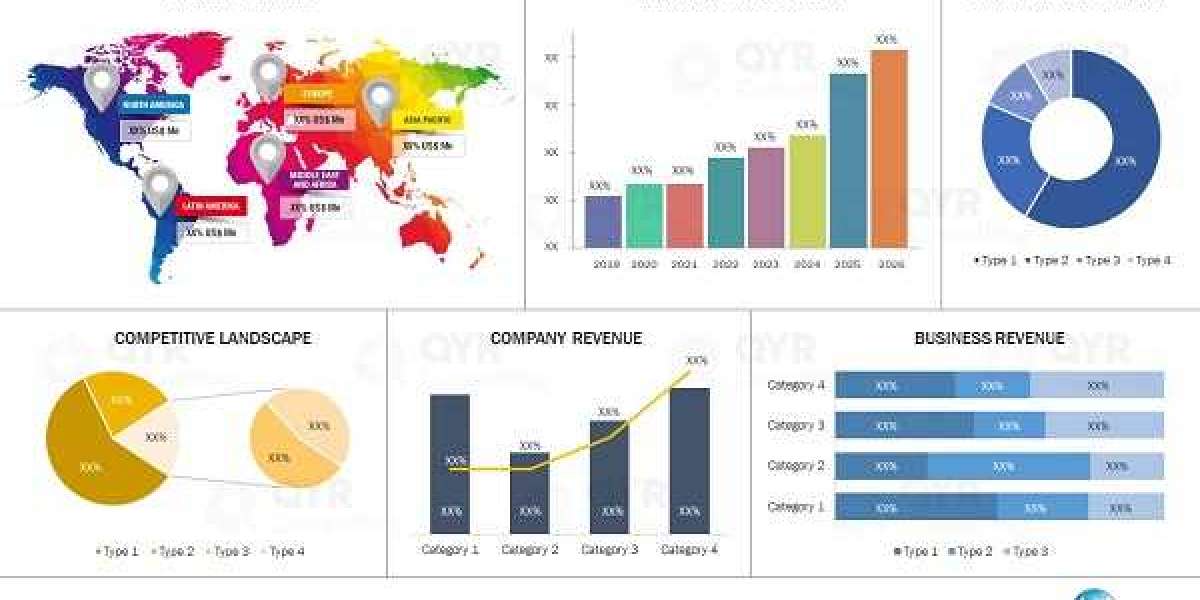In the mystical world of numerology, every name holds a vibration—a unique frequency that influences your personality, fate, and even the opportunities that come your way. One of the most powerful tools in numerology is the Name Number. This number reveals deep insights about your character, strengths, weaknesses, and life purpose.
In this article, we will explore what a Name Number is, how to calculate it, and how it can be used for personal growth, decision-making, and success in life.
Understanding the Concept of Name Number
Your Name Number is derived from the letters in your full name. In numerology, each letter corresponds to a specific number. By converting all the letters of your name into numbers and adding them together (until you get a single digit or a master number like 11, 22, or 33), you arrive at your Name Number.
This number reflects the energy you emit to the world—how others see you and the kind of vibrations your name sends out into the universe.
How to Calculate Your Name Number
Here's a simple chart for assigning numbers to letters:
Letters | Number |
A, I, J Q, Y | 1 |
B, K, R | 2 |
C, G, L, S | 3 |
D, M, T | 4 |
E, H, N, X | 5 |
U, V, W | 6 |
O, Z | 7 |
F, P | 8 |
Step-by-Step Example:
Let’s take the name "David Smith".
David → D(4) + A(1) + V(6) + I(1) + D(4) = 16
Smith → S(3) + M(4) + I(1) + T(4) + H(5) = 17
Total = 16 + 17 = 33
3 + 3 = 6, then = 6
So, the Name Number for “David Smith” is 6.
Explore also this: Missing Numbers
Meanings of Each Name Number
Each Name Number carries unique energies:
1 – The Leader
Ambitious, independent, and innovative. Natural-born leaders who like to take charge.2 – The Diplomat
Cooperative, empathetic, and peace-loving. Great team players and nurturers.3 – The Communicator
Creative, expressive, and sociable. Excellent with words and artistic expression.4 – The Builder
Practical, disciplined, and hardworking. Known for reliability and foundation-building.5 – The Adventurer
Dynamic, freedom-loving, and versatile. Thrives on change and new experiences.6 – The Nurturer
Responsible, loving, and harmonious. Focused on family, home, and service.7 – The Thinker
Intellectual, introspective, and spiritual. Deep thinkers and seekers of truth.8 – The Powerhouse
Ambitious, goal-oriented, and authoritative. Focused on wealth, business, and leadership.9 – The Humanitarian
Compassionate, generous, and wise. Guided by a desire to help others.
Master Numbers: 11, 22, 33
These are not reduced to a single digit as they have high spiritual significance:
11 – The Visionary
Intuitive, idealistic, and inspirational.22 – The Master Builder
Practical dreamer, capable of manifesting big visions.33 – The Master Healer
Deeply nurturing, loving, and spiritually evolved.
Why Your Name Number Matters
Your Name Number isn’t just mystical fluff—it’s a reflection of the energetic blueprint your name carries. Here's why it matters:
First Impressions: It influences how people perceive you in personal and professional settings.
Career Guidance: Certain numbers align better with specific careers or business endeavors.
Relationships: Understanding your number can help build better emotional and spiritual connections.
Life Purpose: It provides clues about your spiritual path and lessons to learn in this lifetime.
Explore also this: Repetition of Number
Changing Your Name, Changing Your Vibe
Yes, changing your name can change your Name Number—and hence your life’s vibration. This is why many celebrities and public figures alter their names slightly for numerological benefit. However, it's a serious step and should ideally be done after consulting a professional numerologist.
Final Thoughts: Embrace the Power of Your Name Number
Whether you're a believer in numerology or just curious, your Name Number can be a powerful self-discovery tool. It offers guidance, enhances self-awareness, and helps you align with your life's true path. From choosing baby names to rebranding your business, name numbers can be surprisingly insightful.
So go ahead—calculate your Name Number and uncover what your name is truly saying about you!











